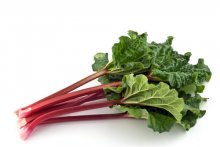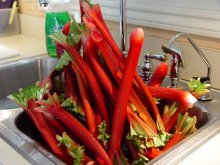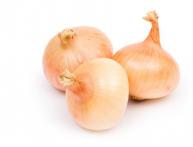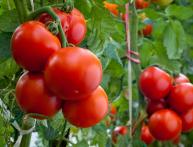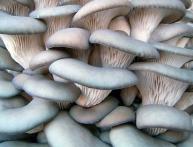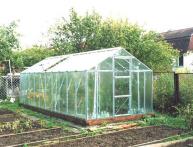Growing rhubarb

Rhubarb belongs to the category of beautiful perennial plants, which are characterized by the presence of thick reddish petioles and large green leaves.
This plant is used to make compote, tea, jam, etc. In order to ensure a high yield of this plant, it is necessary to provide it with proper care.
Contents:
Plant propagation
This plant can be propagated in several ways, namely by dividing the rhizomes and seeds.
Planting rhubarb in any way requires careful soil preparation. To plant rhubarb, you must choose a place that is characterized by the absence of stagnant water. It is best to plant the plant on light loam.
Also suitable for rhubarb is other soil that is richly fertilized with humus. Before planting the plant, it is necessary to add humus to the soil at the rate of 10 kilograms per square meter.
Also, before planting rhubarb, the soil must be fertilized with minerals in the amount of 100 grams of fertilizer per square meter of soil. Tilling the soil before planting this plant is carried out to a depth of 40 centimeters.
In order to propagate the plant vegetatively, it is necessary to dig up rhubarb bushes. This action takes place in early spring. The rhizomes of the plant are divided into parts using a knife. Every part rhizomes should have at least 2-3 growth buds with roots.
If you dig up an old plant, you can get from 5 to 10 planting roots.After dividing the rhizomes, they must be planted immediately.
When planting rhubarb seeds, they must first be soaked in water until completely swollen. Seed germination is carried out under moistened gauze or burlap. This material is folded into several layers and spread on some flat vessel or other surface.
From time to time it is necessary to moisten the fabric with water. When the first sprouts, 1-2 millimeters long, appear, the seeds must be dried and planted in the ground.
Seeds are planted in pre-moistened soil. After sowing, the seeds will sprout within 4-5 days. This procedure must be carried out at the end of April or at the beginning of May.
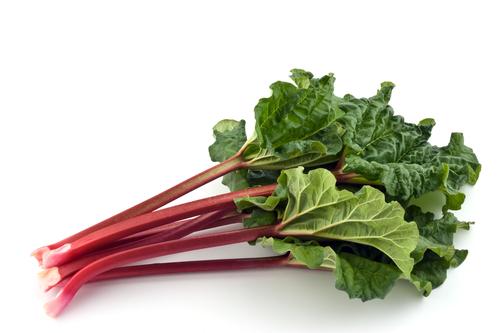
Seeds are planted in rows, the distance between which should be at least 25 centimeters. The planting depth is 2-3 centimeters. After the seedlings have formed three leaves, it is necessary to thin them out. Distance between plants there should be at least 20 centimeters in the row.
Features of plant care
To ensure the full growth and development of rhubarb, it needs to be provided with proper care, which consists of:
- Weeding;
- Feeding;
- Watering.
Weeding of this plant should be done regularly. This will not only get rid of weeds, but will also significantly improve the quality of rhubarb growth. It is necessary to water the plant as the soil dries out. Rhubarb loves moisture very much, but you should not overdo it with watering, otherwise the plant may rot.
To fertilize the plant, it is best to use slurry. It must be diluted with water in a concentration of 1:5. Humus must be applied under rhubarb once every 3 years. For fertilizer you need take 4-5 kilograms of humus per square meter of land on which rhubarb is planted.
The depletion of the plant occurs in the presence of flowering shoots, which is why they must be removed in time. This action occurs at the very base of the peduncle. In this case, there is no need to leave stumps through which water can enter, which will lead to rotting of the root.
Rhubarb pests
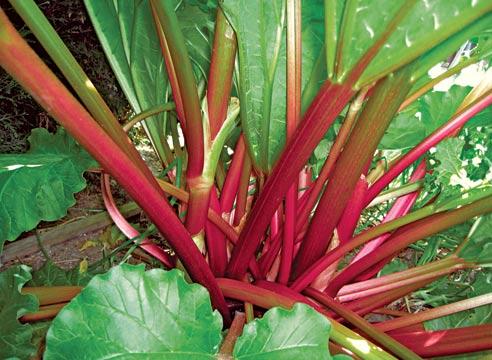
The plant can be damaged by cabbage and potato cutworms. These pests make moves on the rhubarb stem and damage the rhizomes. Rhubarb can also be damaged by aphids. In this case, the leaves of the plants wrinkle and curl, which leads to their stunted growth. The sorrel leaf beetle can also damage rhubarb leaves by making holes in them.
This plant can also be attacked by the common cutworm. This is a butterfly that has a wingspan of 33-42 centimeters long. In the spring, caterpillars appear and damage the rhubarb stems. As a result, the stems are damaged and break off. Damaged plants dry out, and the pest moves on to new ones.
If left unchecked, the heart armyworm can destroy large rhubarb plantations. To destroy the pest, it is necessary to cut off damaged rhubarb leaves, as well as destroy weeds, since females lay eggs in them.
The rhubarb weevil is a beetle that is 4-6 millimeters long. It damages the plant, which leads to its drying out. The rhubarb weevil eats the leaves of the plant in the spring. Chemicals should not be used to control this pest.
This is explained by leaves are used for human food. That is why rhubarb is processed before and after it blooms.Also, in order to combat this insect, you can remove plants damaged by it.
Rhubarb is a fairly unpretentious plant, which greatly simplifies the process of growing it. In this case, it is necessary to ensure that the plant is not damaged by pests, otherwise it will not be suitable for food.
How to properly grow and use rhubarb
Interesting information about the vegetable garden

